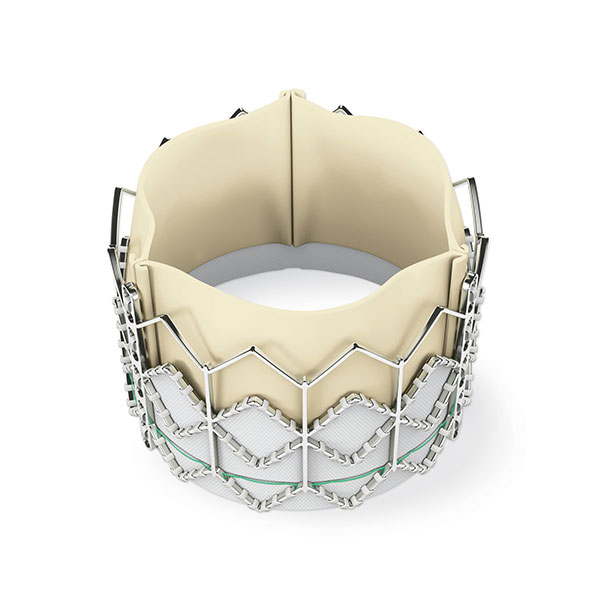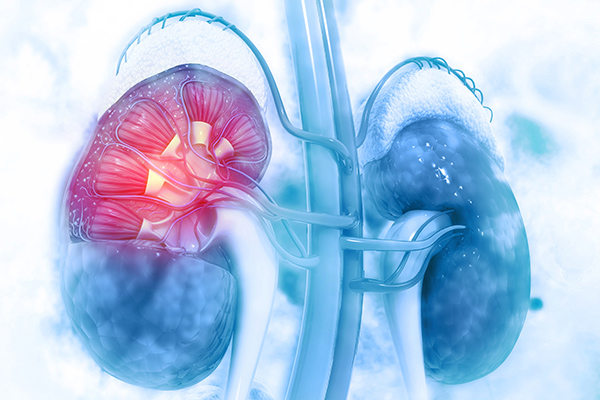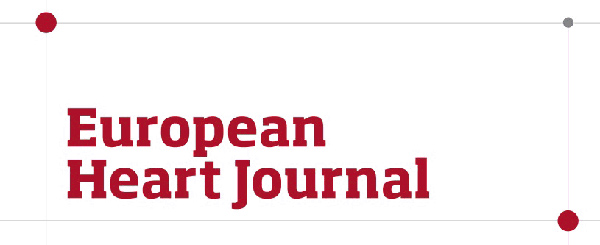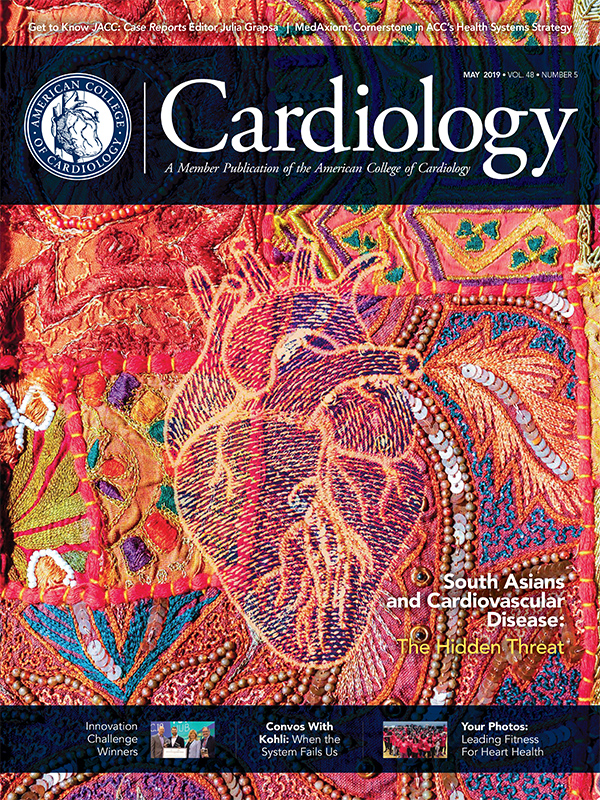Journal Wrap
The hottest research from various peer-reviewed journals – handpicked weekly by the ACC.org Editorial Board led by Kim Eagle, MD, MACC.
CPR Doubles Survival Rates in Cardiac Arrest

There has been a rise in bystander cardiopulmonary resuscitation (CPR) of people experiencing out-of-hospital cardiac arrest (OHCA) prior to the arrival of emergency medical services (EMS), which is associated with a survival rate that has doubled compared with those who do not receive CPR, according to a recent study published in Circulation.
Researchers included all bystander-witnessed OHCA reported to the Swedish register for cardiopulmonary resuscitation in 2000 to 2017. Patients were categorized as receiving no CPR, receiving standard CPR (S-CPR) or receiving compression-only CPR (CO-CPR). Guideline periods of 2000 to 2005, 2006 to 2010, and 2011 to 2017 were used for comparisons over time. The primary outcome was 30-day survival.

A total of 30,445 OHCA cases were included in the study. Of these patients, 40.0 percent received no CPR, 39.2 percent received S-CR and 20.8 percent received CO-CPR. The no CPR group had the highest median age, the highest proportion of women and the highest proportion of arrests occurring at home. The EMS response time was seven minutes in the no CPR group, 10 minutes in the S-CPR group and eight minutes in the CO-CPR group.
The proportion of patients receiving any type of CPR before EMS arrival changed from 40.8 percent in the first time period to 58.8 percent in the second period to 68.2 percent in the third time period. The proportion of patients receiving S-CPR changed from 35.4 percent to 44.8 percent to 38.1 percent, and the proportion receiving CO-CPR changed from 5.4 percent to 14.0 percent to 30.1 percent, respectively.
The 30-day survival rate was highest in the later time periods for all groups, with S-CPR and CO-CPR being associated with higher survival in all periods. Overall, 30-day survival was 5.8 percent among patients receiving NO-CPR, 13.8 percent among patients receiving S-CPR and 13.5 percent among patients receiving CO-CPR. After adjustments, S-CPR was associated with a significantly higher chance of 30-day survival.
"Barriers to the initiation of bystander CPR include fear of being incapable, causing harm, and infection," the authors write. "CO-CPR is easier to perform for the bystander and could theoretically be associated with increased CPR rates. Our findings indicate that the endorsement of CO-CPR in CPR guidelines is associated with higher overall CPR rates, which may be linked with overall survival."
According to the authors, there are multiple factors that may have contributed to the change in CO-CPR and overall bystander-initiated CPR over time, including new guidelines and campaigns instructing and bringing awareness to the use of CO-CPR.
"These findings support continuous endorsement of CO-CPR as an option in future CPR guidelines because it is associated with higher CPR rates and survival in OHCA," the authors conclude.
Riva G, Ringh M, Jonsson M, et al. Circulation 2019;Apr 1:[Epub ahead of print].
Volume-Mortality Relationship For TAVR Hospitals, Operators

Hospitals and operators performing a higher volume of TAVR procedures may have lower 30-day mortality rates that persist one year into a hospital's experience with TAVR, according to a study published in the New England Journal of Medicine.
Sreekanth Vemulapalli, MD, et al., used data from the STS/ACC TVT Registry to look at 99,256 patients undergoing transfemoral TAVR at 554 sites by 2,935 operators. The authors examined the association between hospital and operator procedural volume and 30-day mortality rates for TAVR procedures to assess whether a volume-outcomes association persists six months and one year after a hospital begins performing TAVR.

Results showed that the primary outcome of risk-adjusted 30-day mortality was higher at hospitals in the lowest-volume quartile than in the highest-volume quartile (3.19 percent vs. 2.66 percent).
There was a 19.45 percent reduction in adjusted 30-day mortality between hospitals in the lowest-volume quartile, which performed a mean of 27 procedures annually, and the highest-volume quartile, which performed a mean of 143 annual procedures.
The inverse volume-mortality relationship continued after excluding data from the first six months of TAVR experience at each hospital (3.19 percent in the lowest-volume quartile vs. 2.63 percent in the highest-volume quartile) and the first 12 months of TAVR performance (3.10 percent in the lowest-volume quartile vs. 2.61 in the highest-volume quartile).
In addition, patients were more likely to experience major vascular or major bleeding complications at hospitals in the lowest-volume quartile (10.03 percent) vs. the highest-volume quartile (8.21 percent). There were no other associations between annual procedural volumes and the 30-day composite of complications or individual components.
According to the researchers, the study shows "persistent hospital and operator volume-mortality relationships" even six months and one year after hospitals begin performing TAVR, suggesting that the "volume-mortality association is not simply related to operator learning or reasonable hospital start-up time."
"These findings suggest a clear relationship between the volume of TAVR procedures and death at 30 days, both at the hospital level and at the individual operator level, and should be factored into the Centers for Medicare and Medicaid Services' (CMS) revised national coverage determination (NCD) related to TAVR until a validated quality outcome metric can be established," says Michael J. Mack, MD, FACC, co-author of the study. "This relationship held true even after eliminating the first 12 months, meaning this is not just a 'learning curve.'"
The authors note that some have suggested a transition from procedural volume to direct quality metrics, but the proposed updated NCD, released March 26 by CMS, references that possibility only as a future revision.
The proposed NCD "may not have the intended effect" without external certification or accreditation, they conclude.
Vemulapalli S, Carroll JD, Mack MJ, et al. N Engl J Med 2019;April 3:[Epub ahead of print].
Canagliflozin Associated with Better Outcomes in Patients with T2D and Kidney Disease

Patients with type 2 diabetes (T2D) and kidney disease who take canagliflozin, may be at lower risk of kidney failure and cardiovascular events compared with those who do not, according to a study published in the New England Journal of Medicine.
Researchers assigned 4,401 patients with T2D and chronic kidney disease to receive 100 mg/day canagliflozin or placebo. The primary outcome was a composite of end-stage kidney disease, a doubling of the serum creatinine level, or death from renal or cardiovascular causes.

The trial was designed to be event-drive and was stopped early after a planned interim analysis. At the trial conclusion at a median follow-up of 2.62 years, 27.3 percent of patients in the two groups had discontinued therapy. The rate of adherence to the trial regimen was 84 percent.
The event rate of the primary outcomes was significantly lower in the canagliflozin group than in the placebo group (43.2 and 61.2 per 1000 patient-years, respectively), which resulted in a 30 percent lower relative risk.
Patients in the canagliflozin group also had a lower risk of the composites of cardiovascular death or hospitalization for heart failure (HF), cardiovascular death, myocardial infarction or stroke, and hospitalization for HF.
The relative risk of the composite of end-stage kidney disease, doubling of the serum creatinine level or renal death was 34 percent lower in the canagliflozin group.
Rates of adverse events and serious adverse events were similar overall in both groups.
"These results indicate that canagliflozin may be an effective treatment option for renal and cardiovascular protection in patients with type 2 diabetes with chronic kidney disease," the authors conclude.
Perkovic V, Jardine MJ, Neal B, et al. N Engl J Med 2019;Apr 14:[Epub ahead of print].
Pregnancy Complications May Not Help Predict CVD Risk

While preeclampsia may independently predict cardiovascular disease risk, pregnancy complications led to only small improvements in 10-year cardiovascular risk prediction, according to research published in the European Heart Journal.
This Norwegian population-based, prospective cohort study used data from the HUNT study, Medical Birth Registry, hospital records and Norwegian Cause of Death Registry. Ten-year risk of cardiovascular disease (myocardial infarction [MI], fatal coronary disease, stroke) was predicted using the NORRISK 2 model based on age, systolic blood pressure, total and HDL cholesterol, smoking, antihypertensives, and family history of MI.
Pregnancy complications (preeclampsia, gestational hypertension, preterm delivery, small for gestational age [SGA]) were added to the risk-prediction model to determine if this improved model fit, calibration, discrimination and reclassification.

Of 18,231 women who were parous, age 40 or older, and without cardiovascular disease at the start of follow-up, 39 percent had pregnancy complications and 5 percent had cardiovascular disease events during median follow-up of 8.2 years.
Unadjusted models showed that preeclampsia and SGA were associated with cardiovascular disease (hazard ratio [HR], 1.96; 95 percent confidence interval [CI], 1.44-2.65 and HR, 1.46; 95 percent CI, 1.18-1.81, respectively). Only preeclampsia remained significant after adjustment for established risk factors (HR, 1.60; 95 percent CI, 1.16-2.17).
The addition of pregnancy complications to the NORRISK 2 model led to small improvements in discrimination (C-index difference, 0.004; 95 percent CI, 0.002-0.006) and reclassification (net reclassification improvement, 0.02; 95 percent CI, 0.002-0.05).
"While these benefits are small in magnitude, subsequent studies should evaluate whether greater improvements are seen for other populations, especially among younger women," the researchers write. "Pregnancy complications occur early in life and may be useful for primary and primordial prevention in younger populations."
Markovitz AR, Stuart JJ, Horn J, et al. Eur Heart J 2019;40:1113-20.
Keywords: ACC Publications, Cardiology Magazine, Accreditation, Antihypertensive Agents, Blood Pressure, Calibration, Cardiopulmonary Resuscitation, Cardiovascular Diseases, Centers for Medicare and Medicaid Services, U.S., Cations, Certification, Cholesterol, HDL, Coronary Disease, Creatinine, Diabetes Mellitus, Type 2, Cause of Death, Emergency Medical Services, Follow-Up Studies, Heart Failure, Infant, Newborn, Kidney Failure, Chronic, Medicaid, Hospitalization, Gestational Age, Hypertension, Pregnancy-Induced, Learning Curve, Out-of-Hospital Cardiac Arrest, Myocardial Infarction, Pre-Eclampsia, Primary Prevention, Prospective Studies, Registries, Renal Insufficiency, Renal Insufficiency, Chronic, Smoking, Reaction Time, Risk Factors, Stroke, Hospital Records, Survival Rate, Transcatheter Aortic Valve Replacement
< Back to Listings

